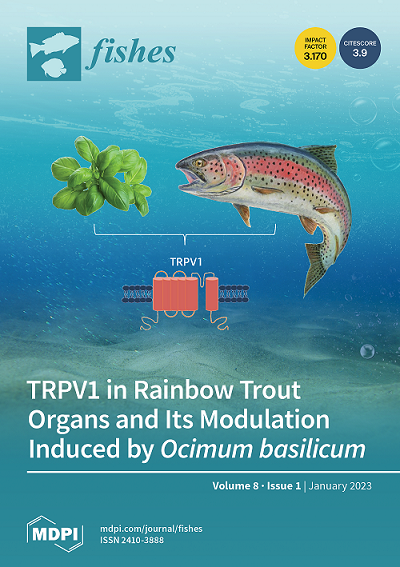History and Prospects for the Sustainability and Circularity of the Windowpane Oyster Placuna placenta Fishery in the Philippines
IF 2.1
3区 农林科学
Q2 FISHERIES
引用次数: 0
Abstract
The windowpane oyster Placuna placenta lives in brackish coastal waters and has long been economically important to the Philippines because of its durable and translucent shell, which is used as a glass substitute and material for making windowpanes and handicrafts. There has been considerable degradation of the P. placenta fishery over the past decades. Moreover, there are waste and under-exploited by-products, such as the meat, which though nutritious and edible, currently has a very low value; its use is confined to dishes consumed by families in the fishing community. Historically, there have been instances of excellent practice in terms of regulating the P. placenta fishery, while in recent times, there have been local initiatives to restore this and to develop high-value food products from the meat. These initiatives have, however, never been followed through at a provincial or national level. Research on other molluscs and marine organisms highlights that these contain high-value pharmaceutical products, an unexplored facet of P. placenta. This review compiles evidence to establish the groundwork for an essential and comprehensive multidisciplinary research programme centred around the P. placenta, which would ensure a high value for all parts of the oyster, including those currently discarded. By fostering a sustainable and circular economy within this fishery sector and its associated industry, its economic value would be amplified. This is particularly important for oyster harvesters in the Philippines, who often find themselves on the economic ladder’s lower rungs. By integrating the principles of a circular economy, this initiative would not only aim to uplift the economic prospects of these harvesters, but in doing so would drive the restoration of P. placenta to its former range.菲律宾玻璃窗牡蛎胎盘渔业的可持续性和循环性的历史与展望
窗玻璃牡蛎Placuna胎盘生活在咸淡咸淡的沿海水域,长期以来对菲律宾具有重要的经济意义,因为它具有耐用和半透明的外壳,可用作玻璃替代品和制作窗玻璃和手工艺品的材料。在过去的几十年里,胎盘假体渔业已经出现了相当大的退化。此外,还有浪费和未充分利用的副产品,例如肉类,虽然营养丰富且可食用,但目前价值很低;它的用途仅限于渔业社区家庭食用的菜肴。从历史上看,在管理羊胎草渔业方面有过优秀的实践实例,而在最近的时间里,当地已经有了恢复这一点的举措,并从肉中开发出高价值的食品。然而,这些倡议从未在省或国家一级得到贯彻执行。对其他软体动物和海洋生物的研究强调,这些含有高价值的药物产品,这是胎盘假体的一个未开发的方面。这篇综述收集了证据,为以胎盘瓣为中心的必要和全面的多学科研究计划奠定了基础,这将确保牡蛎的所有部分都具有高价值,包括那些目前被丢弃的部分。通过在这一渔业部门及其相关工业内培育可持续的循环经济,将扩大其经济价值。这对菲律宾的牡蛎采集者来说尤其重要,他们经常发现自己处于经济阶梯的下层。通过整合循环经济的原则,这一倡议不仅旨在提升这些采收者的经济前景,而且这样做将推动羊胎草恢复到以前的范围。
本文章由计算机程序翻译,如有差异,请以英文原文为准。
求助全文
约1分钟内获得全文
求助全文

 求助内容:
求助内容: 应助结果提醒方式:
应助结果提醒方式:


